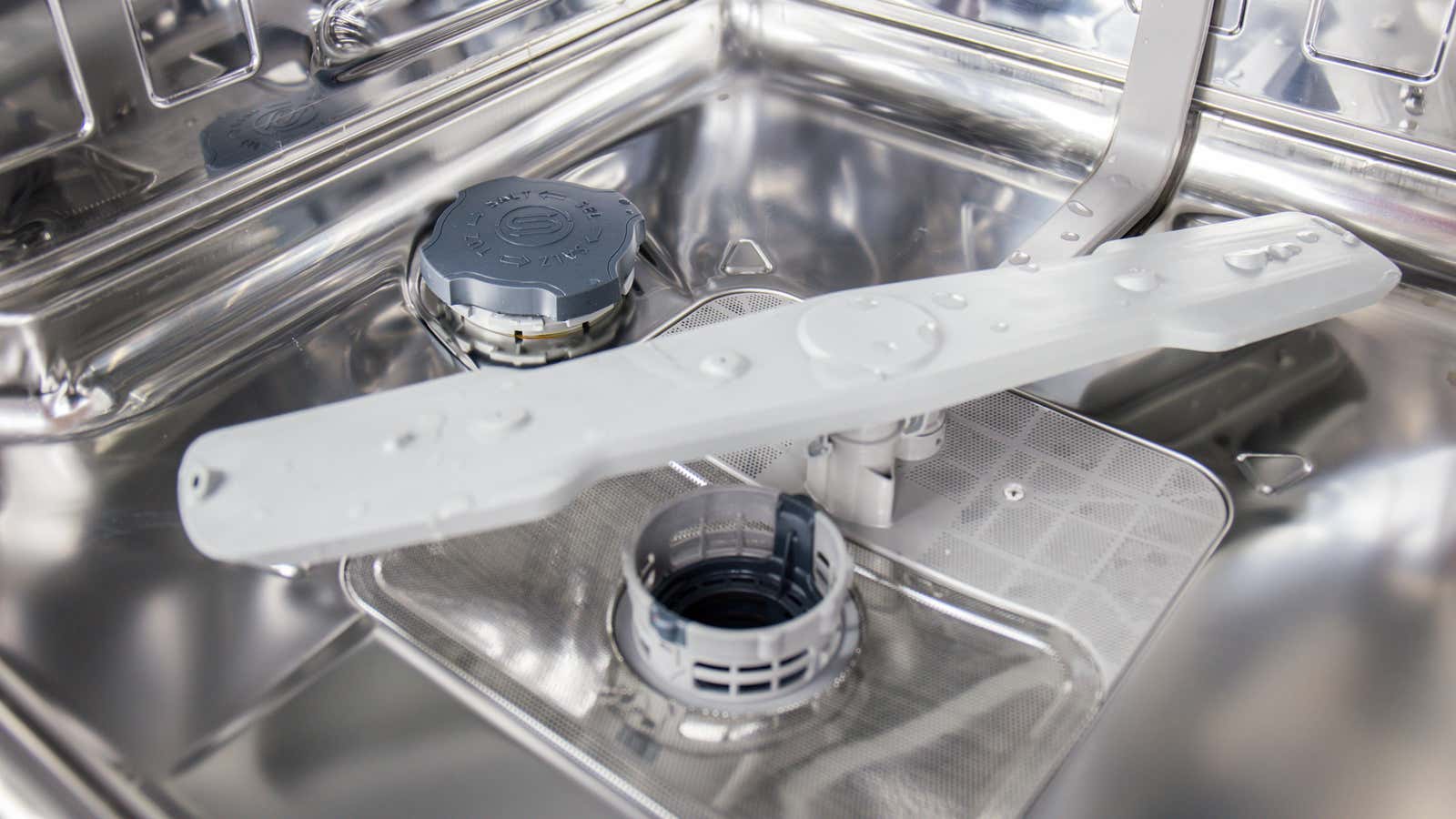How to Clean Your Dishwasher

If you have a lot of guests or are participating in a holiday baking marathon, a clogged dishwasher can slow you down a lot. Hand washing all your dishes takes more time and water than using your appliance, but having a professional look at your dishwasher during the holidays can be difficult to schedule, not to mention expensive. Luckily, there are some things you can do on your own to deal with blockages.
Check your kitchen sink drain first.
If your sink drain isn’t working either, chances are your kitchen drain is clogged and that the dishwasher isn’t the source of the problem. Try using a snake , also known as a drain auger, to clear your kitchen sink drain before you do anything to your dishwasher. If after that the sink and dishwasher start to merge, most likely the dishwasher does not need any special care. If not, try some dishwasher steps.
First, turn off the power to the dishwasher and chute. This will help to avoid electric shock during operation and prevent accidental activation of anything. If there is no shutdown on the machine, you can cut off the power from the switch box.
How to Prepare Your Dishwasher for Drain Cleaning
The next step is to empty the dishwasher by removing all dishes, shelves and racks to make room for work. You also need to remove all water from the bottom of the dishwasher. For this part, scoop up some water with a measuring cup, or use a kitchen towel, large sponge, or bath towel to soak up any remaining water. (If you have one, a wet vacuum cleaner will also work.) In addition to making the dishwasher more accessible to work with, it will reduce the chance of slipping in water or flooding the area around the dishwasher while you’re cleaning out the drain.
Check drain hose
After the appliance is prepared, the first thing to check is the drain hose. If you have a chute, this is a hose that connects to a chute, usually under the sink. If you don’t have a waste chute, the hose will connect to the kitchen sink drain. The hose can also be connected behind the dishwasher. Once you find the drain hose, you can disconnect it by removing the clamp that secures it to the machine. Check it to see if there is any debris inside and use a hose cleaner to pry the clog out. Run some warm water through after you unclog the hose to make sure any loose pieces don’t stick inside and form the basis for a new blockage.
When you’re done, replace the hose and be sure to tighten the clamp – if it loosens, the dishwasher will drip onto the floor, causing flooding.
Check the drain itself
If there are no obstructions in the hose, you may have a problem draining the dishwasher itself. It is located at the bottom of the appliance with a screen or sieve-like lid. They are usually removed with a screwdriver and may have a filter under the drain cap. After you have removed the drain cap, use a hose cleaner to clean the drain. If you think you’ve cleared the drain, run a small amount of water through it to make sure it’s clean. If everything works, you can reassemble the drain cap, put the shelves and baskets back into the dishwasher, and turn the power back on.
When to Call a Specialist
If your drain is still clogged after following these steps, you should call a professional. A faulty drain in an appliance such as a dishwasher can cause flooding, resulting in water damage and a much more expensive repair bill. Leave the appliance switched off until you have repaired it to avoid further damage.